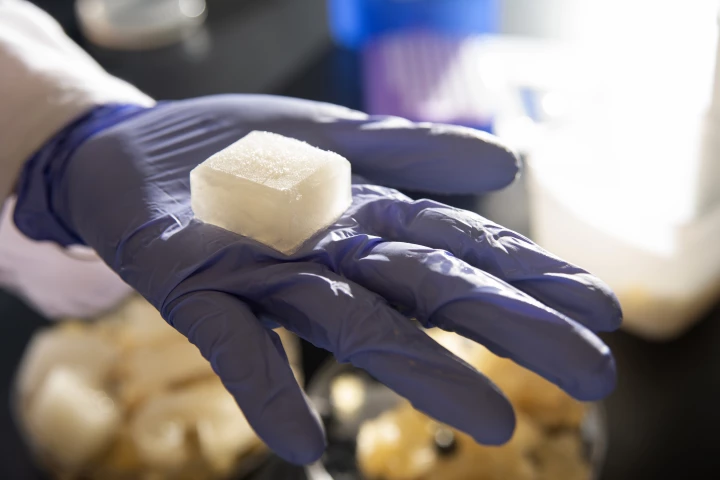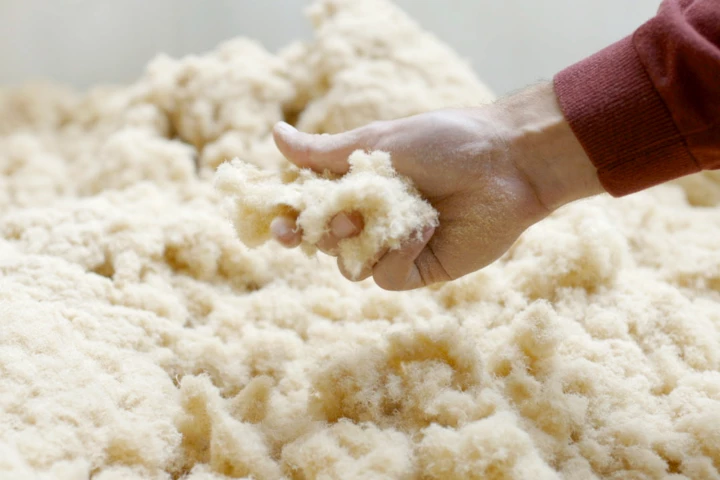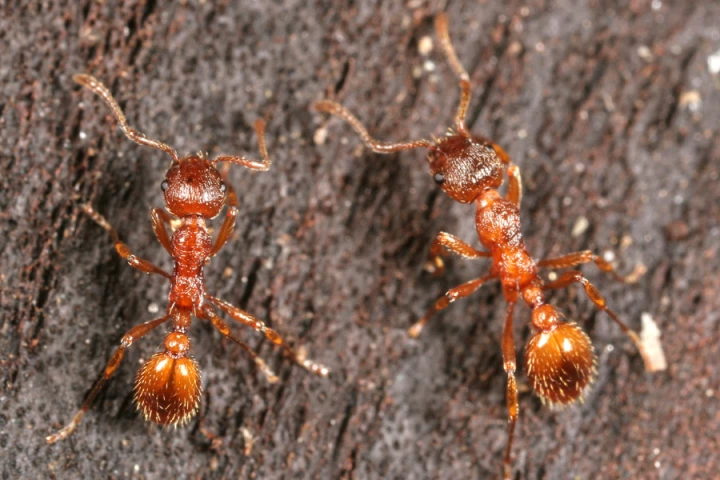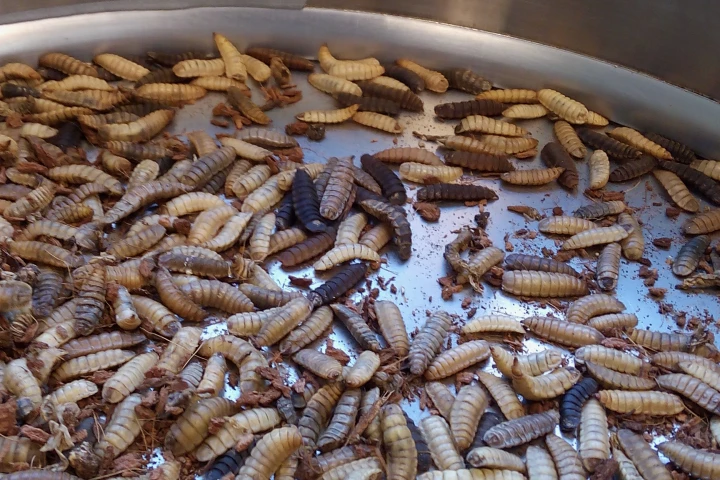Environmentally-friendly
-
When it comes to keeping things cold, ice cubes are hard to beat … although the things do melt. Scientists have set about addressing that limitation, with reusable water-based "jelly ice cubes" that hold their shape at all temperatures.
-
Glitter spruces up everything from makeup to craft projects, but one thing it doesn’t improve is the environment. A new biodegradable glitter swaps out the plastic and aluminum for plant-based cellulose, which can be produced at scale.
-
Although stand-up paddleboards are eco-friendly to use, they're typically made of not-so-green substances. German scientists are trying to change that, with a board made of sustainable materials – obtained partially from old wind turbine blades.
-
Nuclear and fossil fuel power plants consume huge amounts of water for cooling, which then goes to waste as water vapor. MIT engineers have now developed a system that can capture and recycle that lost water.
-
Although spiders do help us by eating pests such as mosquitos, many people still aren't wild about having the things in their homes. Such folks may be interested in new research which suggests that ant chemicals could be used to harmlessly keep spiders away.
-
In most grocery stores, all of the fresh produce is either pre-wrapped in plastic film or it gets placed in plastic bags – both of which are often discarded by consumers. A new bioactive paper bag, however, could serve the same purpose while being easily recyclable.
-
April 22nd is Earth Day, an annual event that promotes environmental awareness throughout the world. To mark the occasion we've chosen five inspiring architecture projects that we feel are excellent examples of sustainable design.
-
Most plastics don’t break down easily – and when they do, they create problematic microplastic particles. A new type of compostable plastic is embedded with enzymes that, when triggered, quickly break the material down to its constituent molecules.
-
MIT engineers have found a new use for a common plastic, spinning polyethylene into fabric that can passively cool the wearer by allowing heat through and moisture to evaporate. The discovery could see waste plastic bags being turned into sportswear.
-
Unfortunately concrete production is a major source of carbon dioxide in the atmosphere. Now engineers at Purdue University have developed a new cement recipe that can absorb CO2 twice as fast as usual, hopefully turning it into a useful carbon sink.
-
While pest insects can have a devastating effect on crops, pesticides can likewise cause a great deal of damage to the environment. That's where CropCoat comes in, as it's designed not to kill harmful insects, but to "hide" plants from them instead.
-
Just like us, crop plants are subject to bacterial infections. And while antibiotics are often used to kill those microbes, compounds extracted from fly larva fat may prove to be a more eco-friendly alternative.
Load More











